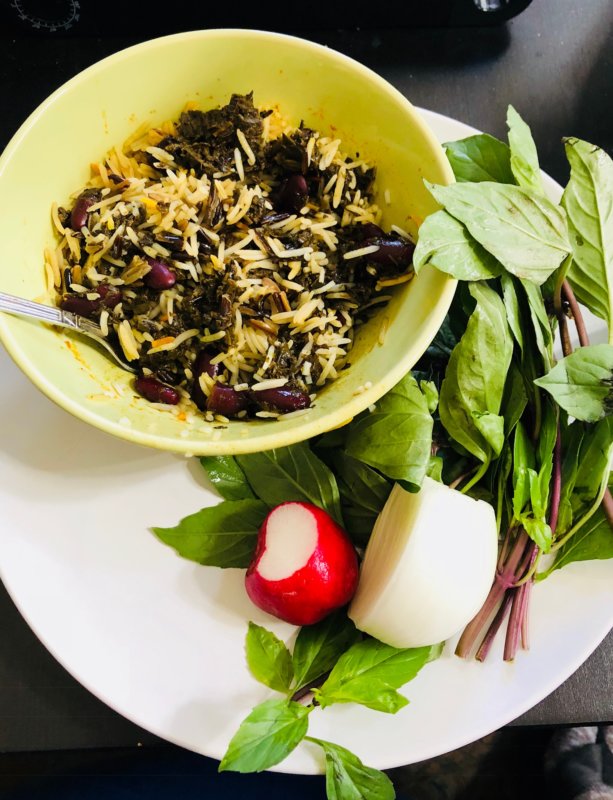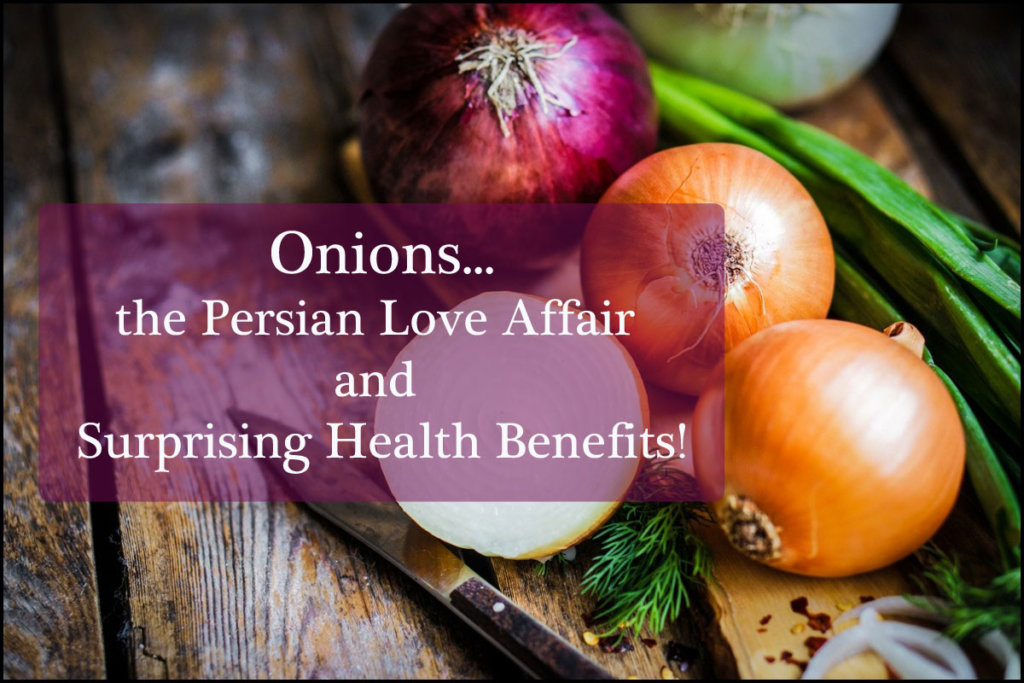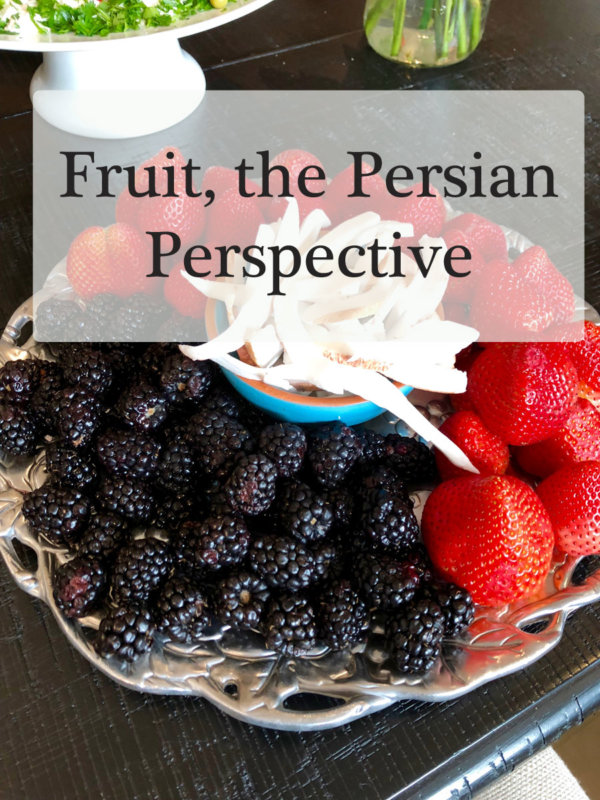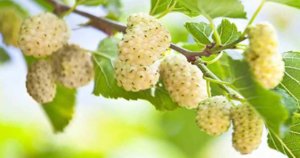I had to write this post today to mark the first time I ever ate raw onion with a Persian meal. For those of you who may not be familiar with Persian culture, onion is practically the centerpiece of all their meals. You’ll find it boiled in stews, grilled with kabobs and then eaten raw with many of the dishes. From the moment I was first introduced into the wonderful world of Persian food people have been trying to get me to eat raw onion. But no matter how much they raved about the unbelievable flavor, the delectable crunchiness, the life changing health benefits (yes, they love it THAT much), I could not bring myself to eat it.
Now, almost 2 years later, I finally became a raw onion convert. I couldn’t even tell you what finally made me do it. Omid and I were eating ghorme sabzi (a type of Persian stew) at one of our favorite Persian restaurants in Glendale, Raffi’s Place. Seriously, the most amazing Persian food we have had in Southern California up to this point. And for probably the 1000th time Omid told me to try some raw onion with the stew. I don’t know if it was his face of pure pleasure as he crunched another bite of raw onion with a spoonful of stew or the exaggerated moans of enjoyment as he ate that finally pushed me over the edge and got me to try it.
Now I know what you’re probably picturing right about now. Me, hesitantly trying a bite of raw onion, chewing it and trying to decide if I like it or not. Maybe crinkling my eyes at the intense flavor and deciding that was enough experimenting for one day.
Yeah, that’s what I was expecting too, but after that first bite it was like I was seeing the world from a whole new perspective. Wer

e these magic onions like the food from Alice and Wonderland or the Turkish delight from Narnia? There was no slow conversion process, after that first bite I was hooked and couldn’t even enjoy a single bite of stew without an equally as large piece of onion to accompany it. And it gets better….the next day…..I had onion with all three meals…I’m telling you I think he dosed them with some kind of love potion because the infatuation is real.
Now that I’m on the other side of this love affair, I can understand why everyone kept insisting I try it relentlessly for 2 years. They knew what I was missing! I feel like I understand Persian’s in general so much better now. It’s like Spaniards and their olive oil, or American’s and their ketchup…. Is it weird that I can’t wait to go to the next Persian gathering and see everyone’s faces when I pick up some raw onion and eat it in front of them for the first time?
Anyways, I’m pretty sure all of Omid’s hopes and dreams came true in that one moment when I finally fell in love with onion. Either that or he realized his previously white fiancé was now full on Persian and there was no going back. Bring on the onion breath and kisses…
So in honor of my newfound obsession with onions I thought I would actually do some research on these supposed health benefits and share them with you below 🙂
P.S. Omid wanted me to make sure that none of you were running off and eating raw onions like apples. While there are the special, select few who do enjoy this, they pair really well with savory or acidic foods. As mentioned below, it can be used as a healthy alternative to salt. Some very typical Persian dishes that are always accompanied by raw onion are gheymeh, ghormeh sabzi, and kabobs.


 When I came home and was telling my fiancé, Omid, about these stories he immediately lit up and started telling me about how good the white berries were. He said in the Spring, when they were in the middle of finals for high school, the berries would be covering the bushes. Because many of the plants were years old they would be as tall as trees and as soon as they finished their finals for the day they were run out of school, climb the trees and eat as many berries as they physically could.
When I came home and was telling my fiancé, Omid, about these stories he immediately lit up and started telling me about how good the white berries were. He said in the Spring, when they were in the middle of finals for high school, the berries would be covering the bushes. Because many of the plants were years old they would be as tall as trees and as soon as they finished their finals for the day they were run out of school, climb the trees and eat as many berries as they physically could.